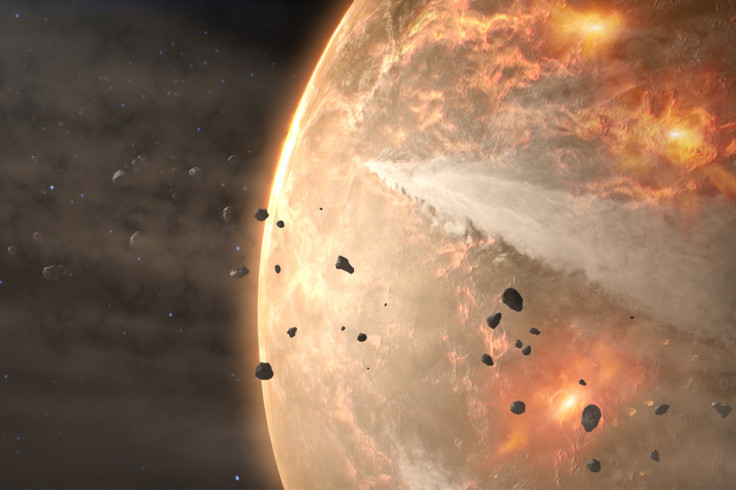Earliest records of Earth's atmosphere found in ancient rocks, shows persistence down billions of years

A memory of Earth's primordial surface environment recorded in ancient rocks four billion years old shows it was similar to that a billion years later, and compatible with terrestrial microbial life.
Until now, researchers have had to rely on widely varying computer models to deduce the atmosphere's characteristics.
Researchers from McGill studied rocks along the Hudson Bay coast in the Nuvvuagittuq Greenstone Belt in northern Quebec, believed to be deposited as sediments 4.3 billion years ago.
The mass spectrometry measurements of different isotopes of sulphur in the rocks enabled the scientists to determine the age of sulphur in these rocks. They conclude that the sulphur is at least 3.8 billion years old and possibly 500 million years older, and was cycled through the Earth's early atmosphere.
This implies the air then was extremely oxygen-poor and may have had more methane and carbon dioxide.
The rocks also contain clear signs of microbial life.
"We found that the isotopic fingerprint of this atmospheric cycling looks just like similar fingerprints from rocks that are a billion to 2 billion years younger," says Emilie Thomassot, a former postdoctoral researcher at McGill and lead author of the paper.
One interpretation is that biology controlled the composition of the atmosphere on early Earth, with similar microbial biospheres producing the same atmospheric gases from Earth's infancy to adolescence.
There is also a chance the biosphere was decoupled from the atmosphere with geology being the major player in the composition of ancient air, with massive volcanic eruptions producing gases that stamped out biological gas production.
Studies of the ancient Earth continue to upturn knowledge about the early planet. As recently as last year geologists have suggested that thousands of smaller impacts from space rocks or "planetesimals" blew out the primordial atmosphere at least twice since it was formed more than four billion years ago.
Early Earth, it turns out, may not have been as hot as earlier believed, but similar to the present-day planet, say geologists from the presence of zircon crystals found from the period.
© Copyright IBTimes 2025. All rights reserved.





















